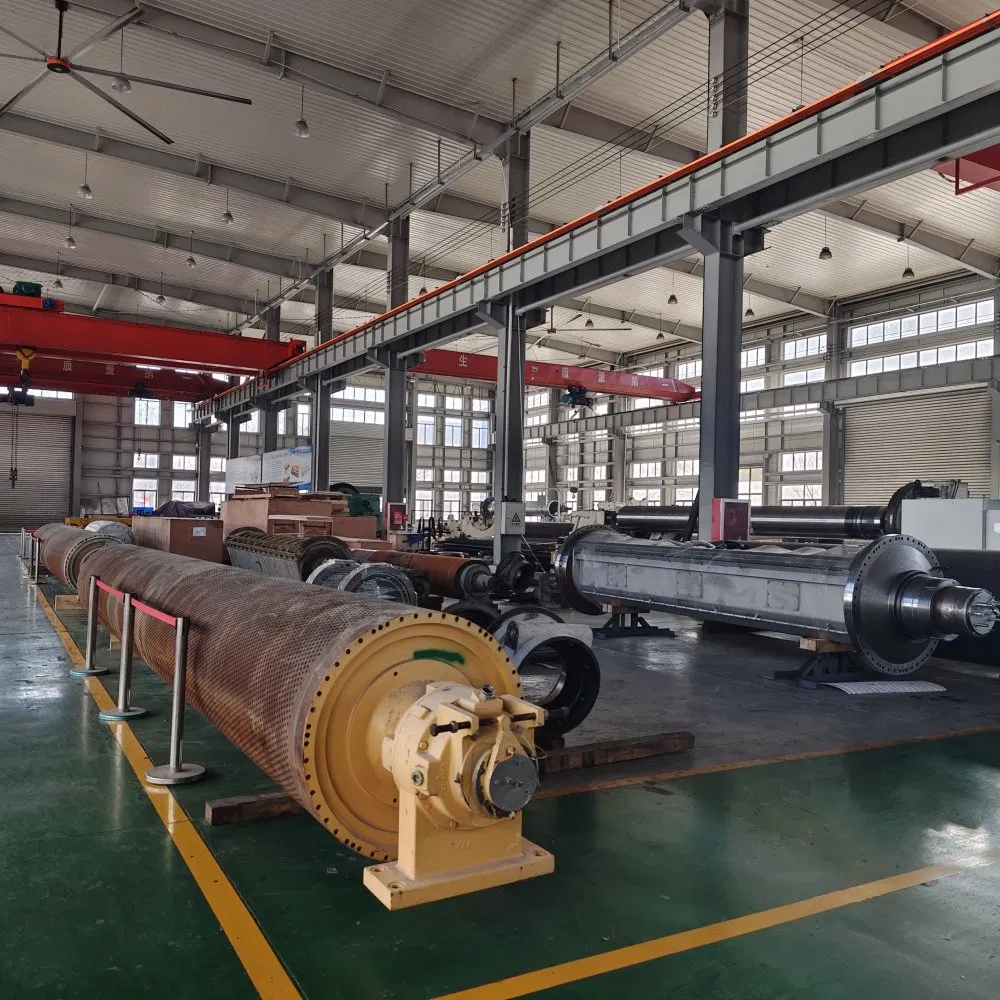Understanding Paper Machine Rolls
Paper machine rolls are an essential component in the paper manufacturing process, providing support, guidance, and pressure to ensure proper sheet formation. There are primarily three types of rolls used in the industry: rubber, granite, and steel. Each roll type has its unique advantages and disadvantages, making it crucial to select the most suitable roll for your specific application.
Rubber Rolls: Flexibility and Resilience
Rubber rolls are known for their flexibility, offering excellent dewatering and sheet support capabilities. They are often used in various positions throughout the paper machine, including press sections, calendar stacks, and winding units. The natural elasticity of rubber allows for efficient water removal and even sheet formation, resulting in high-quality paper products. Furthermore, rubber rolls exhibit excellent wear resistance, ensuring longevity and reduced maintenance costs.
Granite Rolls: Precision and Temperature Stability
Granite rolls are highly sought after for their exceptional dimensional stability and resistance to thermal expansion. These properties make granite rolls ideal for applications requiring precise sheet alignment and registration, such as coating and printing processes. Additionally, granite rolls can withstand high temperatures without compromising performance, making them suitable for use in dryer sections and other heat-intensive applications.
Steel Rolls: Strength and Durability
Steel rolls are renowned for their robust construction and ability to withstand heavy loads without deformation. This inherent strength makes steel rolls well-suited for use in the press and dryer sections of a paper machine, where they can effectively apply pressure and absorb high levels of stress. Steel rolls also offer excellent wear resistance, leading to extended service life and reduced maintenance costs.
Selecting the Right Roll for Your Application
When choosing between rubber, granite, and steel paper machine rolls, it is essential to consider factors such as the specific application, required performance characteristics, and budgetary constraints. By carefully evaluating these factors, you can make an informed decision and select the roll type that will provide optimal performance and value for your paper manufacturing operation.
- Assess your application's needs, including temperature, pressure, and precision requirements.
- Consider the desired roll properties, such as wear resistance, flexibility, and dimensional stability.
- Evaluate the long-term costs, including roll replacement, maintenance, and downtime expenses.



